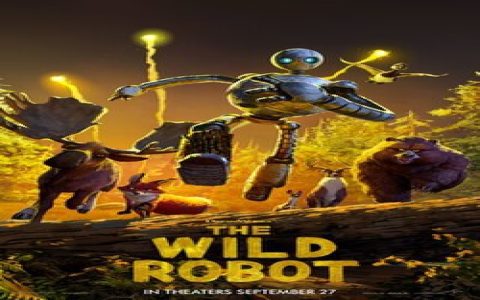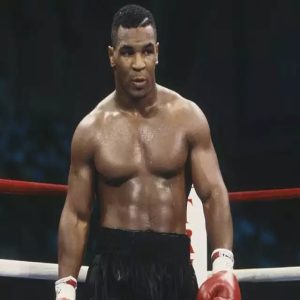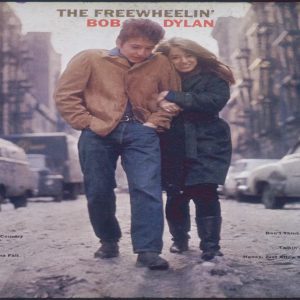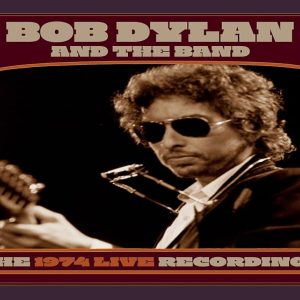The definition of cinematic masculinity has evolved dramatically. While classic films established archetypes of strength and resilience, modern entries often deconstruct or reinvent these tropes. Here's an expert comparison of four foundational classics versus four defining contemporary entries:
Classic Chad Power Showdowns
- Terminator 2: Judgment Day (1991): Arnold Schwarzenegger's T-800 embodies stoic, protective power. Its core philosophy: relentless duty and physical resilience against insurmountable odds.
- Predator (1987): Features a team of elite soldiers facing an alien hunter. Focuses on primal survival, tactics, and physical endurance under extreme pressure. Pure, unadulterated machismo.
- Rambo: First Blood Part II (1985): Stallone's Vietnam vet represents the ultimate solo force of vengeance. Highlights raw fury, survival skills, and overcoming betrayal through sheer will and firepower.
- Conan the Barbarian (1982): Defined the sword-and-sorcery strongman. Schwarzenegger's Conan is driven by primal desires: revenge, conquest, and foundational strength built through hardship.
New Era Chad Power Evolution
- John Wick: Chapter 4 (2023): Replaces stoicism with meticulous, almost balletic violence. Keanu Reeves portrays resolve through precision, endurance, and an unspoken code, focusing on controlled, relentless efficiency.
- Nobody (2021): Bob Odenkirk subverts expectations. Demonstrates power emerging from concealed lethality and explosive, cathartic brutality when provoked. Emphasizes underestimated capability.
- Mad Max: Fury Road (2015): Tom Hardy's Max is a reluctant protector fueled by pragmatism. Power here is amplified through survival alliances and spectacular vehicular mayhem, prioritizing purpose over ego.
- Extraction (2020): Chris Hemsworth's mercenary leverages brutal practicality and specialized combat skills. Focuses on sheer physical resilience under constant fire and completing a near-impossible mission.
Key Evolutionary Differences
Classic Era: Power stemmed often from imposing physique, visible invulnerability, clear-cut heroic/villainous roles, and overcoming foes through overwhelming force or grit. Masculinity was frequently monolithic and uncomplicated.
Modern Era: Power manifests more through refined skill, technical precision, endurance through pain, and often morally ambiguous motivations. Characters display vulnerability and are often defined by trauma or complex codes rather than sheer dominance. Visual spectacle and choreography reach heightened levels of stylized intensity.
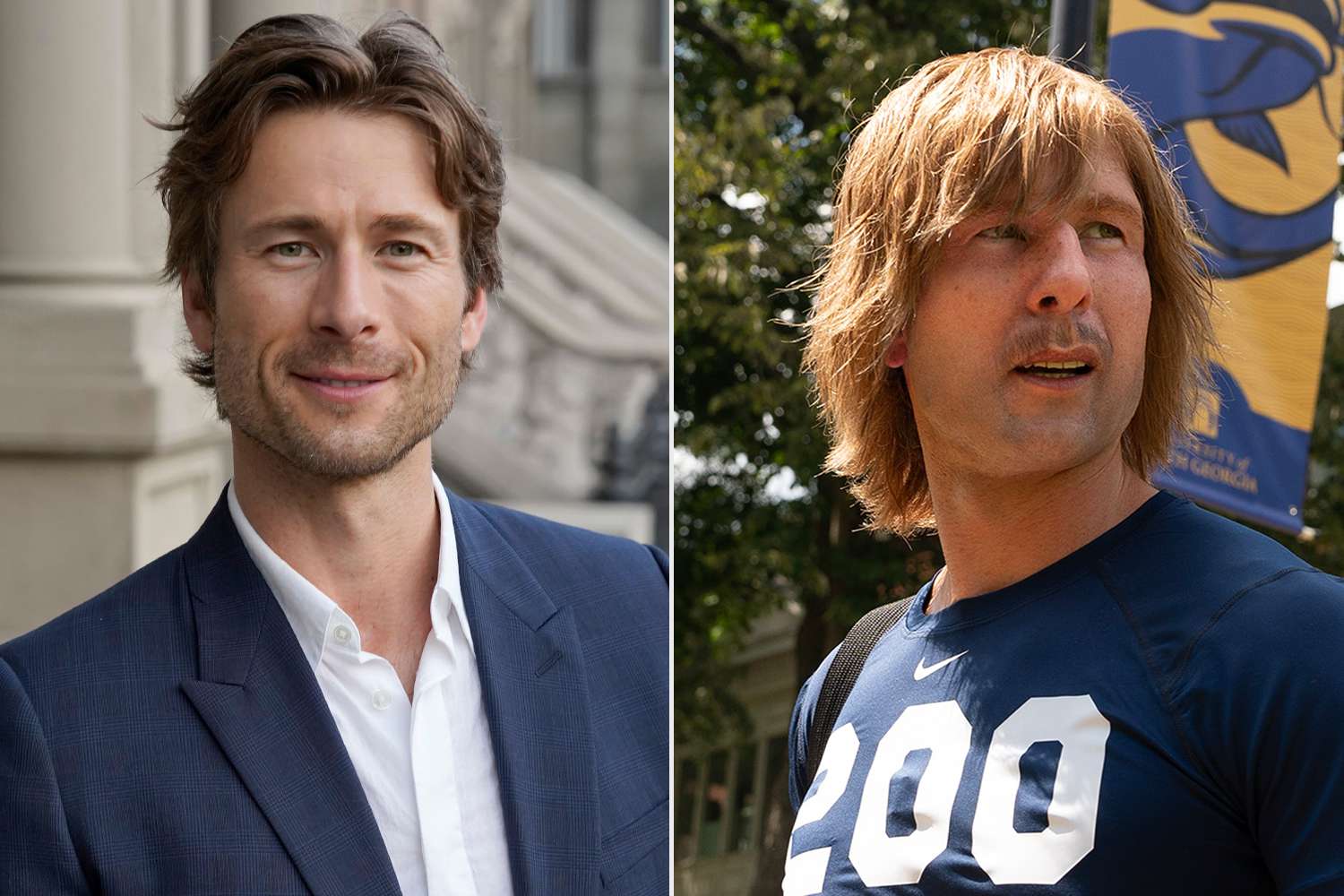
Takeaway
Classic Chad films cemented archetypes of physical dominance and singular will. Modern Chad films elevate the spectacle through technical execution and choreography, while exploring greater nuance and the toll violence takes. Both eras deliver power fantasies, but modern entries often demand more than just brute force, showcasing a different kind of resolve and physical mastery.

